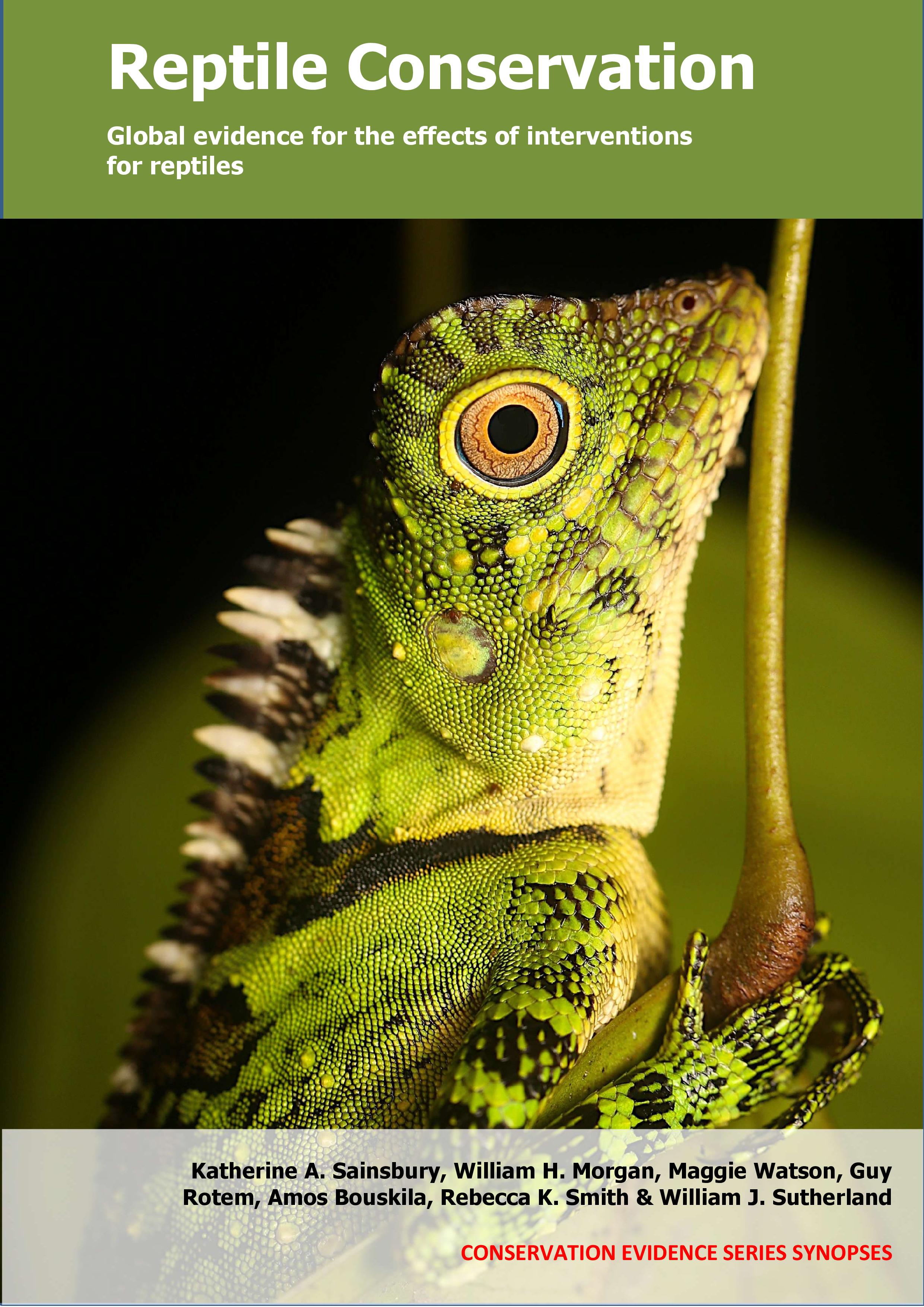Use dyed bait
-
Overall effectiveness category Awaiting assessment
-
Number of studies: 2
View assessment score
Hide assessment score
How is the evidence assessed?
-
Effectiveness
not assessed -
Certainty
not assessed -
Harms
not assessed
Study locations
Supporting evidence from individual studies
A randomized, paired, controlled study in 2001–2003 in pelagic waters in the Gulf of Papagayo, Costa Rica (Swimmer et al. 2005) found that using blue-dyed bait in a longline fishery did not reduce unwanted catch of olive ridley turtles Lepidochelys olivacea and green turtles Chelonia mydas agassizi, and in separate captive trials found that preference for dyed or non-dyed bait varied depending on the turtle species. Turtle catch rates were similar for blue bait (8 turtles/1,000 hooks, 13 individuals) and non-dyed bait (8 turtles/1,000 hooks, 9 individuals). In separate captive trials, loggerhead turtles Caretta caretta preferred non-dyed bait to blue or red bait and Kemp’s ridley turtles Lepidochelys kempii preferred non-dyed bait to blue bait but red bait to non-dyed bait (see original paper for details). Field trials were carried out simultaneously on two commercial longline fishing vessels in December 2013. In total, 22 lines were deployed using circle hooks (size: 12/0, 560–606 average hooks/deployment, each deployment lasted 8 hours) and baited with blue-dyed (9 deployments) or non-dyed (13 deployments) bait, which was either squid Loligo spp. (12 deployments) or sailfish Istiophorus platypterus (10 deployments). Captive trials tested preferences of two-year-old, captive reared loggerhead (four trials in October 2001–March 2002, 49 individuals) and olive ridley turtles (one trial in July-August 2002, 42 individuals) for dyed (red or blue) compared to non-dyed squid pieces placed in pools (see original paper for details).
Study and other actions testedA paired study in 2002–2003 in pelagic waters in the North Pacific Ocean (Yokota et al. 2009) found that using blue–dyed fishing bait did not reduce unwanted catch of loggerhead turtles Caretta caretta in a longline fishery, regardless of bait species used. There was no difference in the rates of unwanted catch of loggerhead turtles between blue-dyed and non-dyed bait (9 individuals caught in each case). All turtles were caught alive and subsequently released. Bait colour did not alter the catch rates of commercially-targeted swordfish Xiphias gladius. Longlines were deployed from a single vessel (54 m long) in May–June 2002 and 2003 (19 deployments/year). Whole mackerel Scomber japonicus and squid Todarodes pacificus were used as bait. Half of the bait of both species was dyed blue using non-toxic dye and the two bait species (dyed and non-dyed) were attached alternately to standard Japanese hooks (size 3.8-sun, 10° offset; 960 total hooks). Hooks were set to a depth of 40–90 m and lines were deployed overnight.
Study and other actions tested
Where has this evidence come from?
List of journals searched by synopsis
All the journals searched for all synopses
This Action forms part of the Action Synopsis:
Reptile Conservation
Reptile Conservation - Published 2021
Reptile synopsis





)_2023.JPG)














